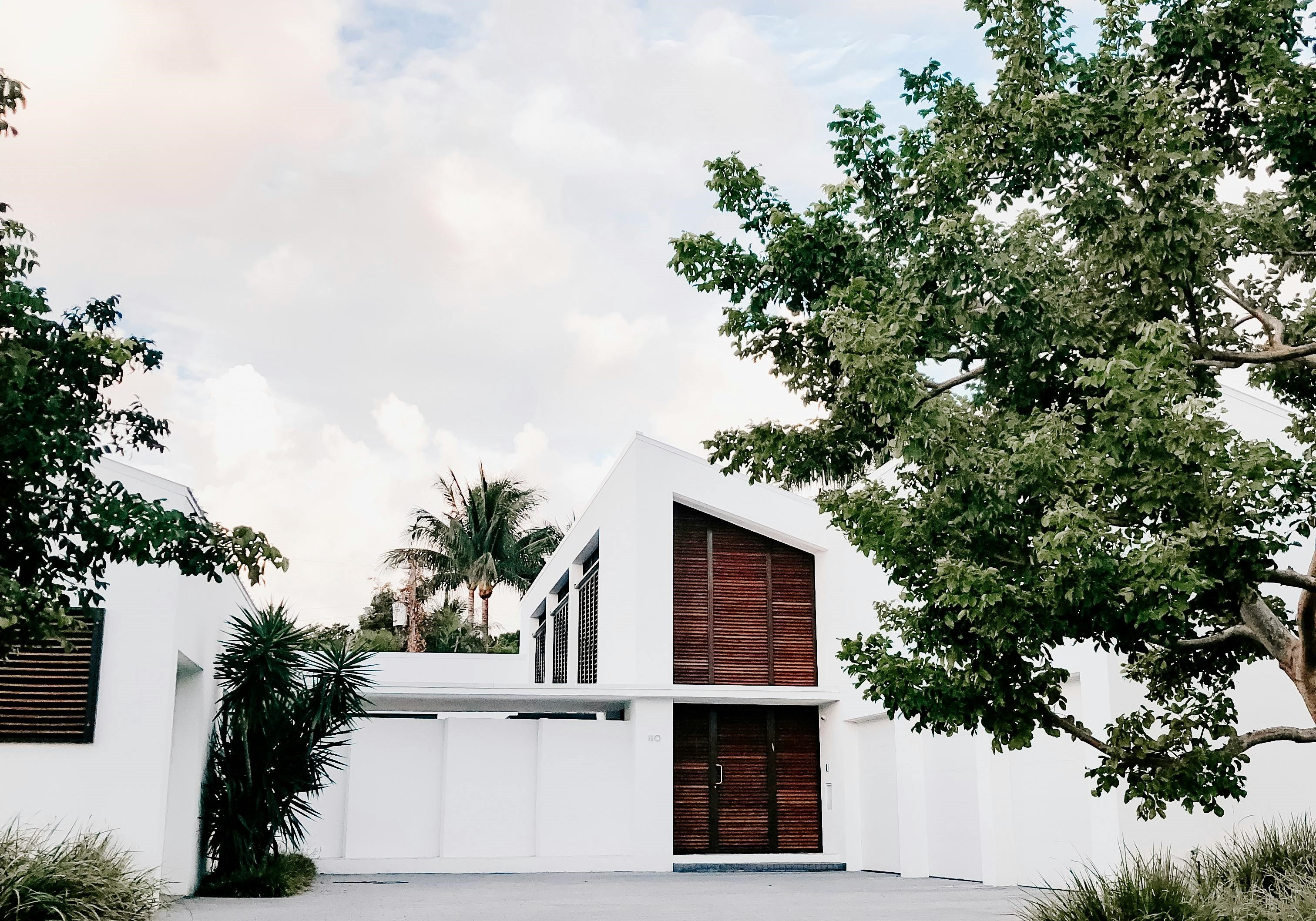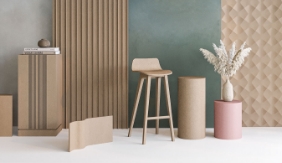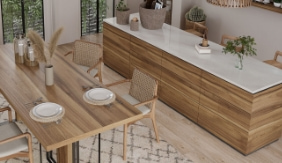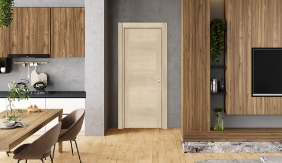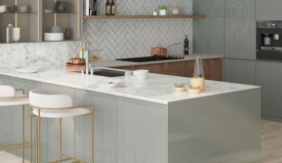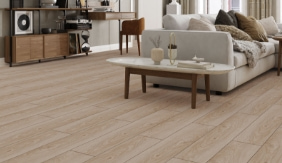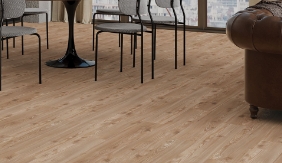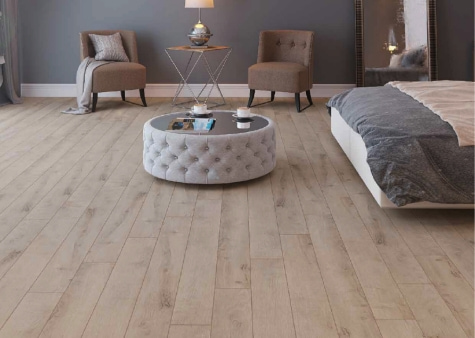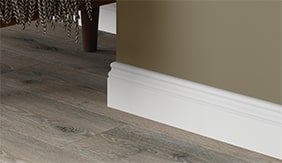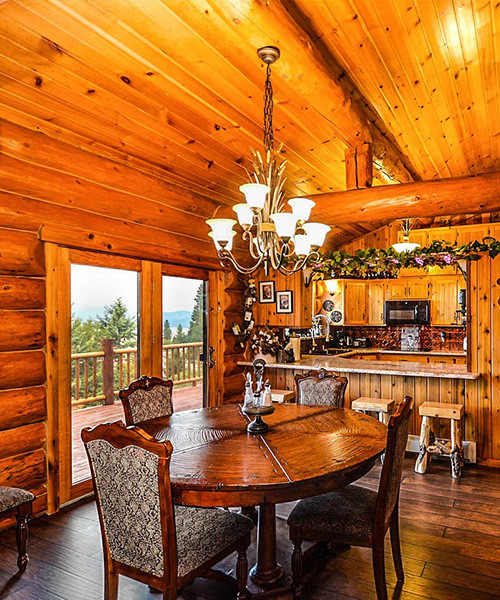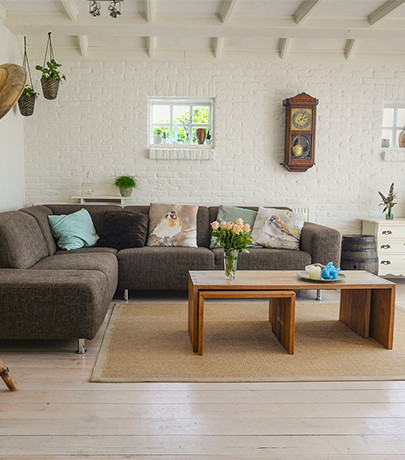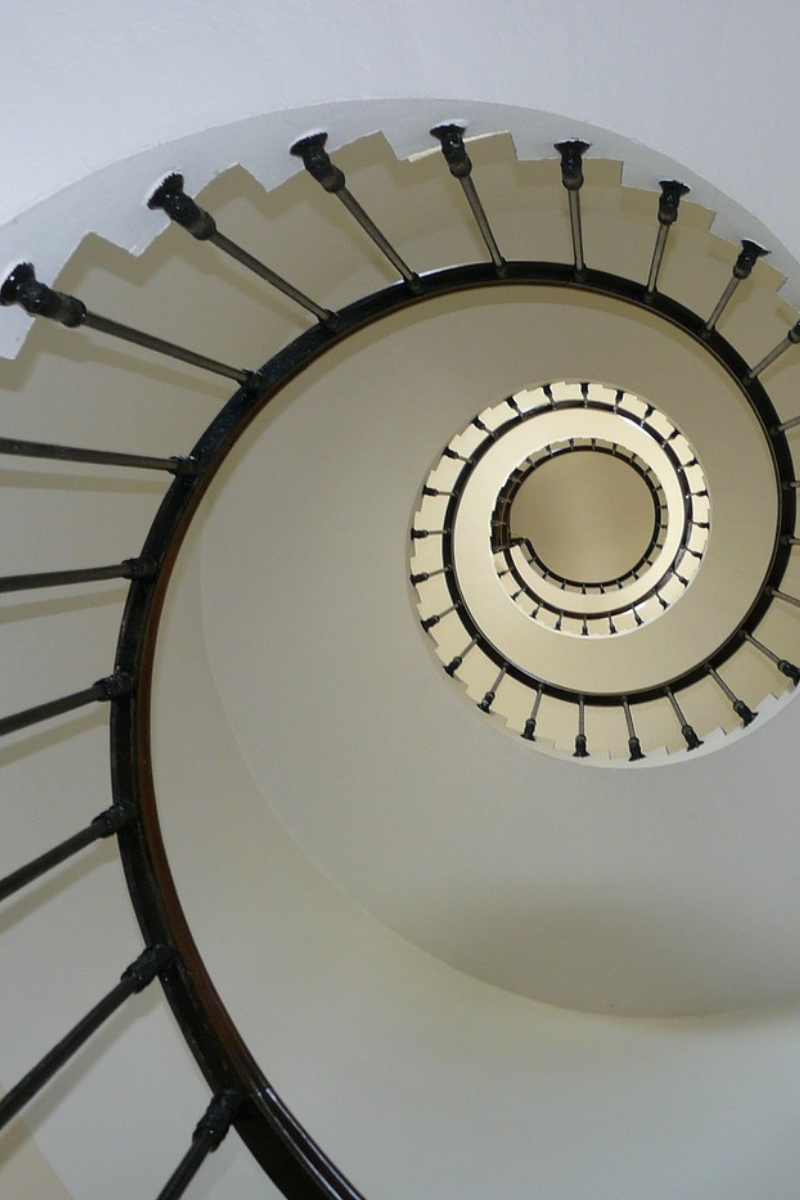Architectural Trends 2025
As we enter the last quarter of 2024 these days, the architectural trends for 2025 are becoming clearer. Considering the results of our global architectural trends research, we see that architectural design focuses on the themes of innovation, technology, functionality, environmental awareness and sustainability. The key architectural trends for 2025 are as follows:
Smart Homes
Smart home technologies are no longer just a luxury but are also becoming a standard part of new residential projects. These technologies provide homeowners with energy efficiency, making living spaces more comfortable and safer.
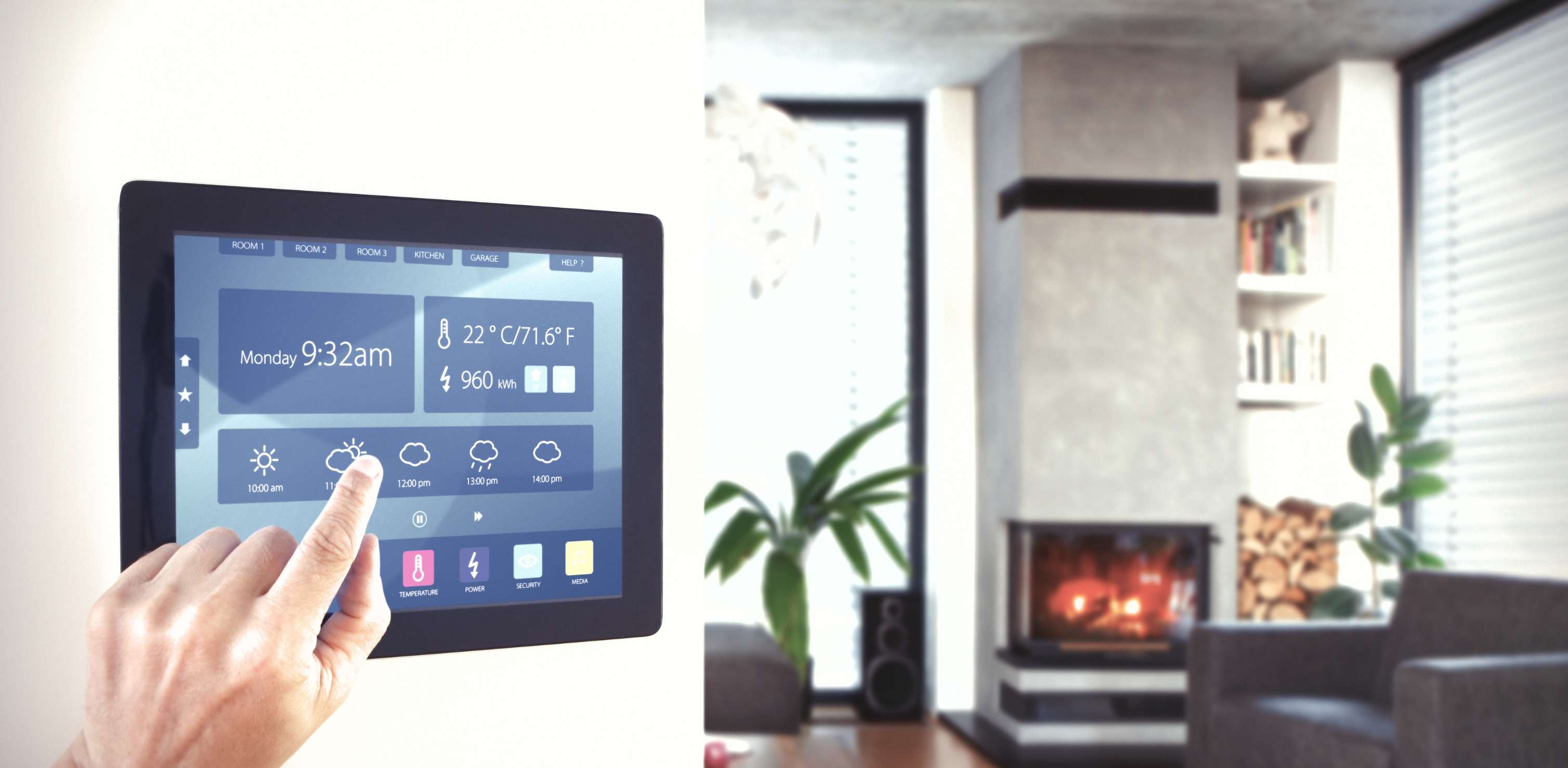
Flexible spaces
The designs of multi-purpose spaces suitable for different age groups stand out. Homes now offer flexible spaces that can meet the needs of everyone from families with children to the elderly. In this respect, rooms are not only considered for a specific function, but also as spaces that can be easily adapted to changing needs.
Use of Natural Light
The use of natural light, large windows, open staircases and natural lighting practices make spaces more spacious and inviting. In addition, luxurious yet accessible designs are now being embraced by higher number of people.

Sustainability and Biophilic Design
With the increased use of sustainable and ecological materials increases, biophilic designs also attract attention. These designs are intended to bring nature indoors, offering an environmentally friendly living space. Strengthening people's connection with nature, this approach has positive effects on both mental and physical health.
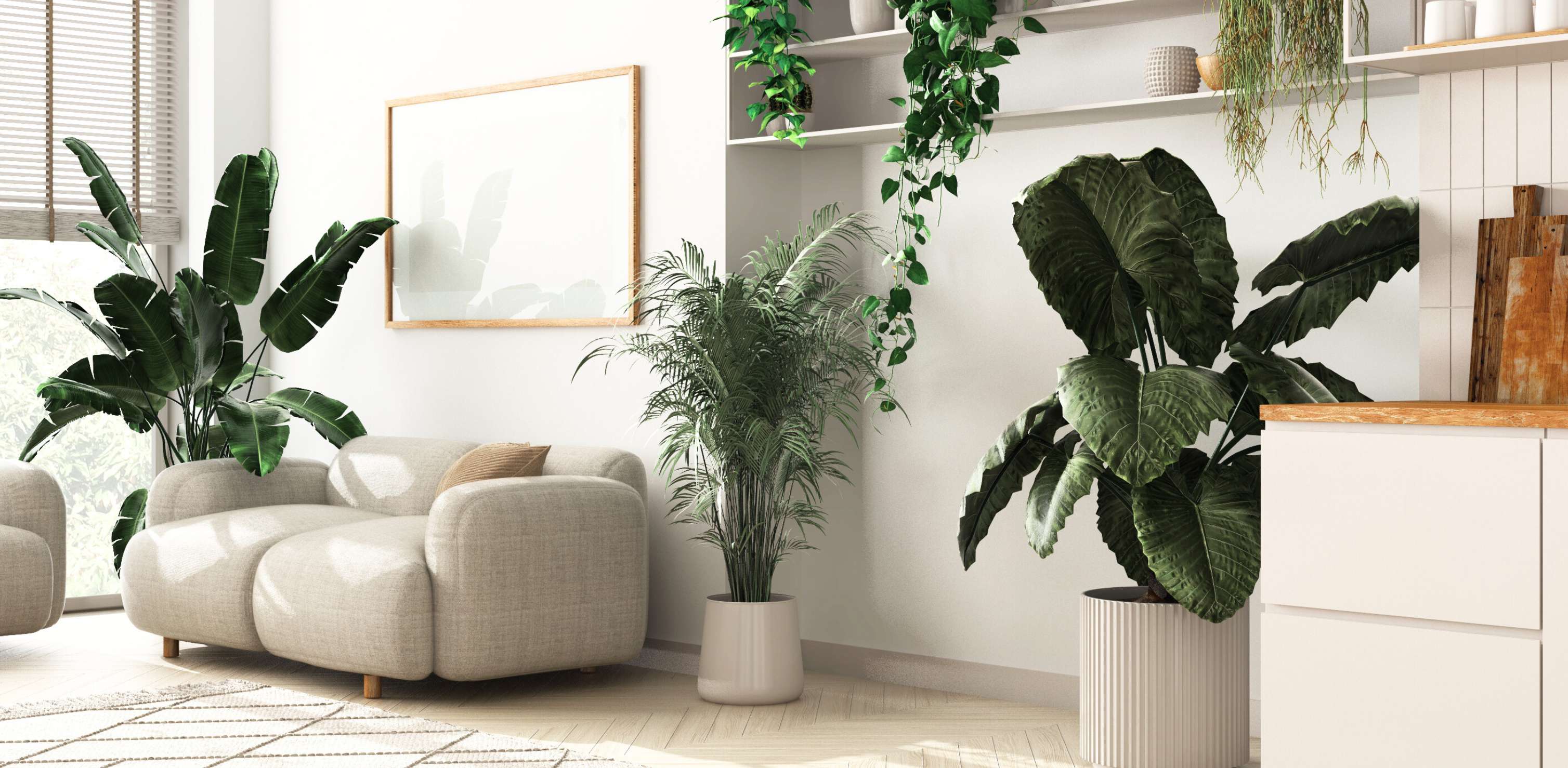
The architectural trends for 2025 are driven by innovative designs that cater for both environmental and social needs and offer a combination of aesthetics and functionality. These trends reflect the effort to create flexible and sustainable structures that are aligned with the technological requirements of modern life.
Kastamonu Entegre maintains its product development efforts, considering ecology-oriented sustainable architectural trends. At the company's production center in Pomposa of Italy, the panels made of wood waste in line with the 100 percent recycling principle complete their production cycle, covering the entire transformation process from chipping to furniture production. With their eco-friendly features and high performance, Pureboard and R-PET panels deliver healthy and environmentally friendly solutions. Contributing to the sustainable economy thanks to their 70 percent recyclable content, R-PET panels support production towards climate change neutrality targets with their low CO₂ content. Pureboard panels produced with formaldehyde-free bio-glues derived from natural and/or recycled resources improve the air quality of the rooms as an environmentally friendly product thanks to their formaldehyde emissions equivalent to a tree.
